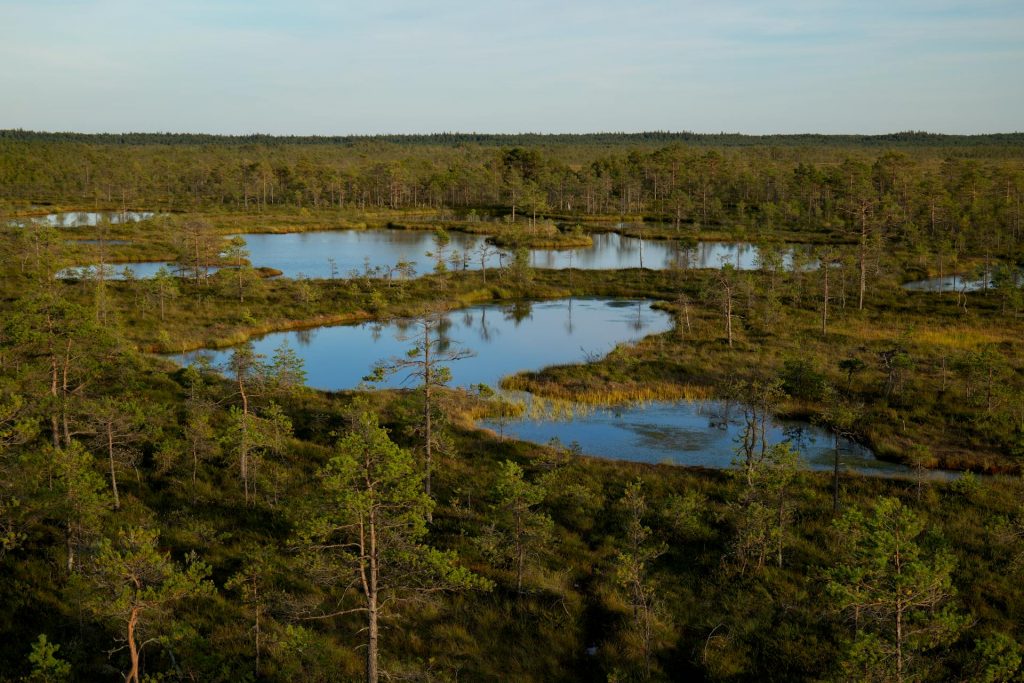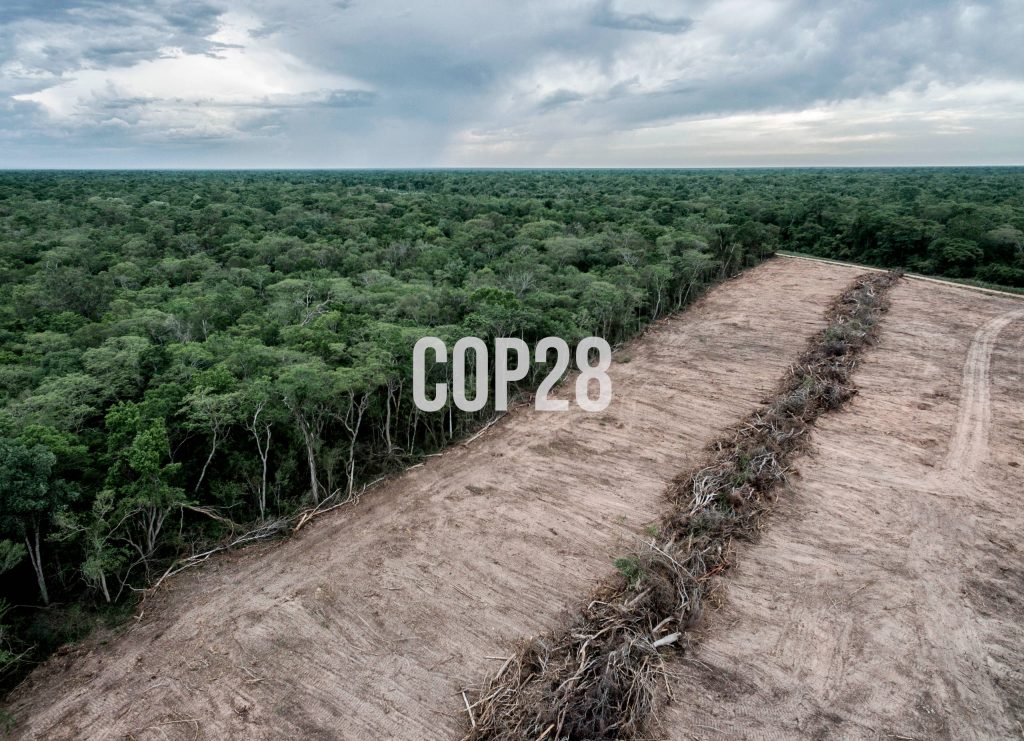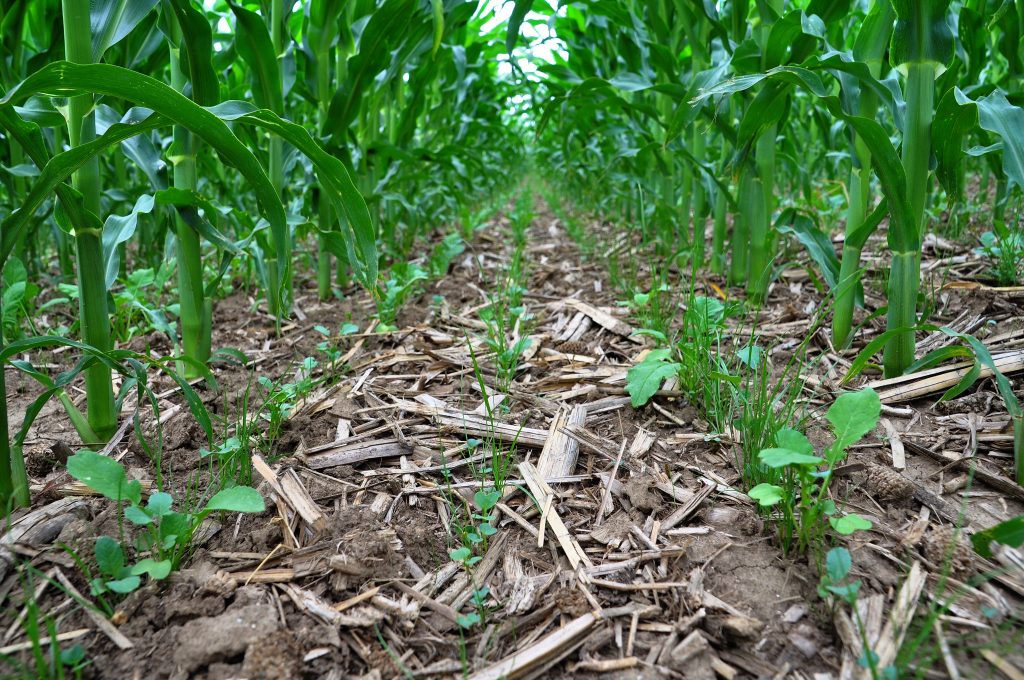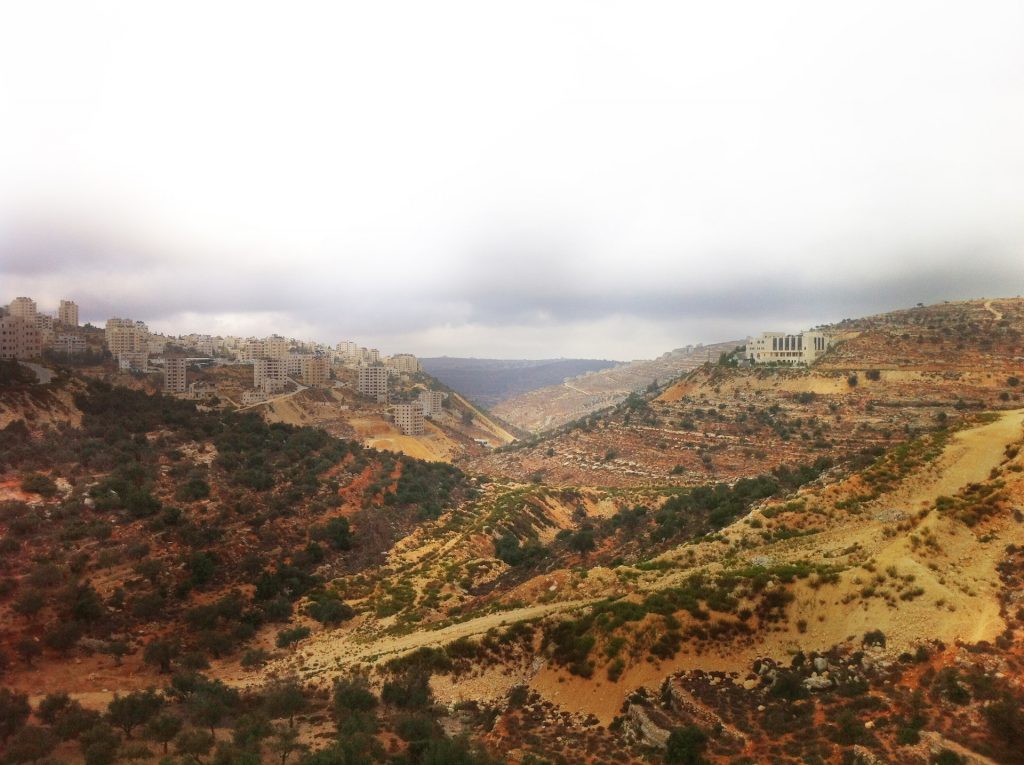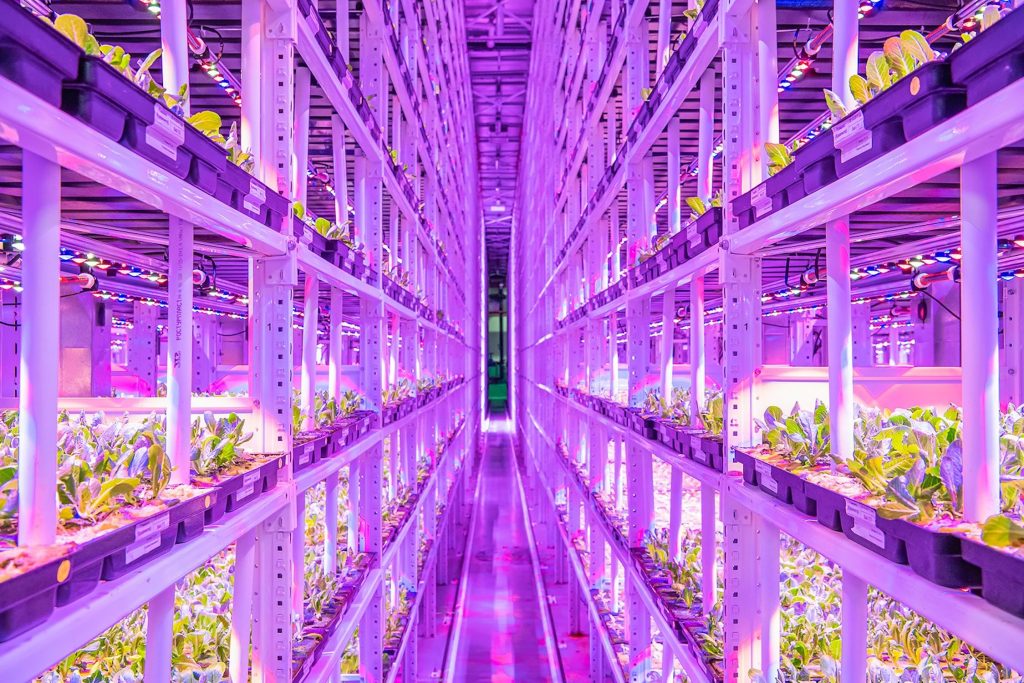
COP30 | Riccardo Valentini: Forests, from carbon sinks to engines of a Green Economy
As COP30 opens in Brazil, attention turns once again to the world’s forests – not only as carbon sinks, but as living systems vital for the planet’s health and for sustainable development. According to IPCC author and forest ecology expert Prof. Riccardo Valentini, stopping deforestation is no longer enough – we need a new global paradigm for more sustainable forest management, agriculture, and land use. “Tropical Forests Forever Facility (TFFF) could open a new phase for the green economy, linking forest protection with real economic returns through carbon markets and sustainable business investments,” he says. “But without political will, it risks becoming another empty pledge.”




